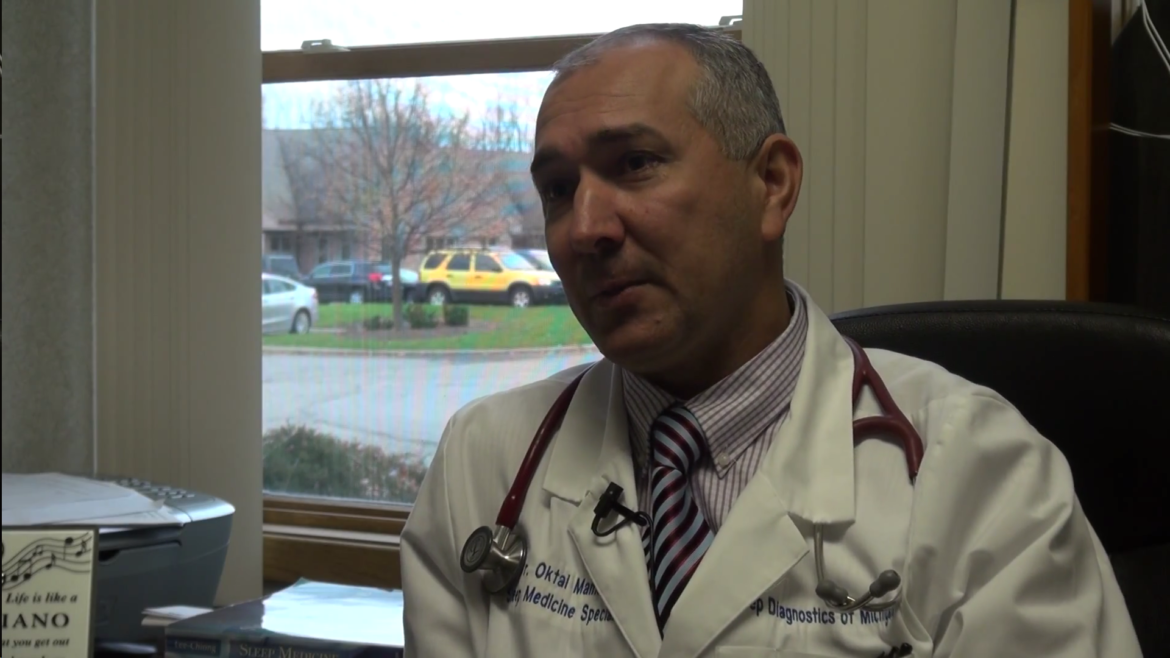Is it “daylight saving time,” or “daylight savings time?”
“I think it’s daylight savings time,” Blake Glinn said.
Almost everyone can agree that it is savings time, but some don’t really pay much mind to it.
“I mean it doesn’t matter to me, as long as I’m getting the message across,” Joseph Holcomb said.
Well, it’s daylight saving time and is practiced by many countries by advancing time an hour in the spring and returning to standard time in the fall.
The good news is that it adds an hour of sleep in the fall, but it costs one hour of sleep in the spring which can cause a health risk.
“My concern as a sleep specialist is sleep deprivation because that one hour of sleep deprivation causes a lot of problems with mood changes,” Dr. Oktai Mamedov.
At his sleep clinic, Dr. Mamedov records patient’s sleep patterns, which is synchronized on a 24-hour cycle that is regulated by light.
“Daylight saving time it pushes us out of synch, but it takes a few days and we’ll get back to our sleep cycle. It’s like jet lag affect: in spring, we travel eastward and in fall we travel westward,” Dr. Mamedov said.
He is concerned with how the spring change can affect driver’s commute to work.
“First of all, drivers drive in darkness so that’s why there is more chance of accidents and they are more likely to be sleep deprived for one hour,” he said.
